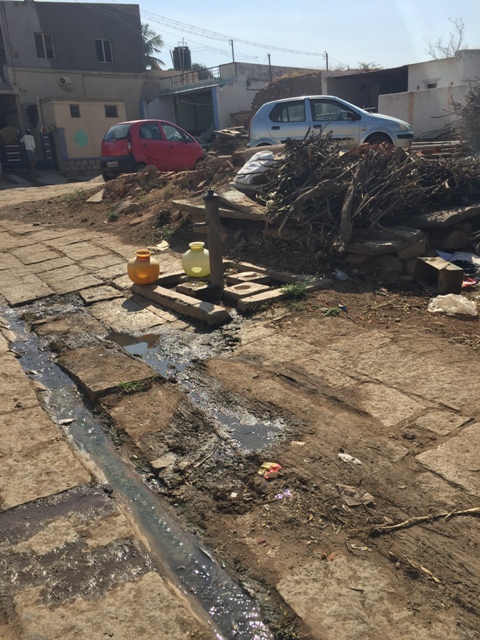Toilets and Urinals
Pipara women realise pipe dream
Posted on 01 Jul, 2016 12:03 PMThe cracks on the parched land of Bundelkhand are waiting for the monsoon to quench the thirst of its arid landscape. Despite the wide-spread drought here, Pipara, one of the villages in the region, stands apart as the only one that has not run completely dry.

Swachh Bharat in reserve forests, tourist spots
Posted on 26 Jun, 2016 08:42 PMCleaning of 10 reserve forests and tourist spots to be taken up under Swachh Bharat Mission

Transgenders face ridicule at public toilets: Survey
Posted on 19 Jun, 2016 08:00 PM
Simhastha leaves farmers fuming
Posted on 12 Jun, 2016 07:38 PMRamesh Mali, a farmer in his late thirties, looks at his farmland nervously. It has been 13 days since the Simhastha Maha Kumbh festival, 2016, concluded. The district administration had acquired his four bigha land (approximately 0.64 hectares) for the festival. The barricades and the concrete left on his land give us the idea that the land is not fit for farming this season.

Upkeep of public toilets to be outsourced in North Delhi
Posted on 12 Jun, 2016 02:22 PM
Mahila Milan's toilets stand out in Wadala
Posted on 07 Jun, 2016 09:27 AM
Young professionals lead the way in water and sanitation
Posted on 31 May, 2016 12:22 PM Hirehandigola village in Gadag district of North Karnataka is an unsurprising picture of rural India.
Hirehandigola village in Gadag district of North Karnataka is an unsurprising picture of rural India.

Breaking the silence: World Menstrual Hygiene Day
Posted on 30 May, 2016 08:43 PM
Towards a trash-free period
Posted on 27 May, 2016 08:11 PM
Breaching barriers towards better menstrual hygiene
Posted on 27 May, 2016 04:06 PMThe female menstrual cycle is the intricate work of hormones. Usually, girls start their cycle anywhere between 12 and 17 years of age when a series of changes prepare their uterus for child-bearing. The body produces the hormone oestrogen which stimulates the growth of a protective lining inside the uterus to cushion the baby in preparation of pregnancy every month.






